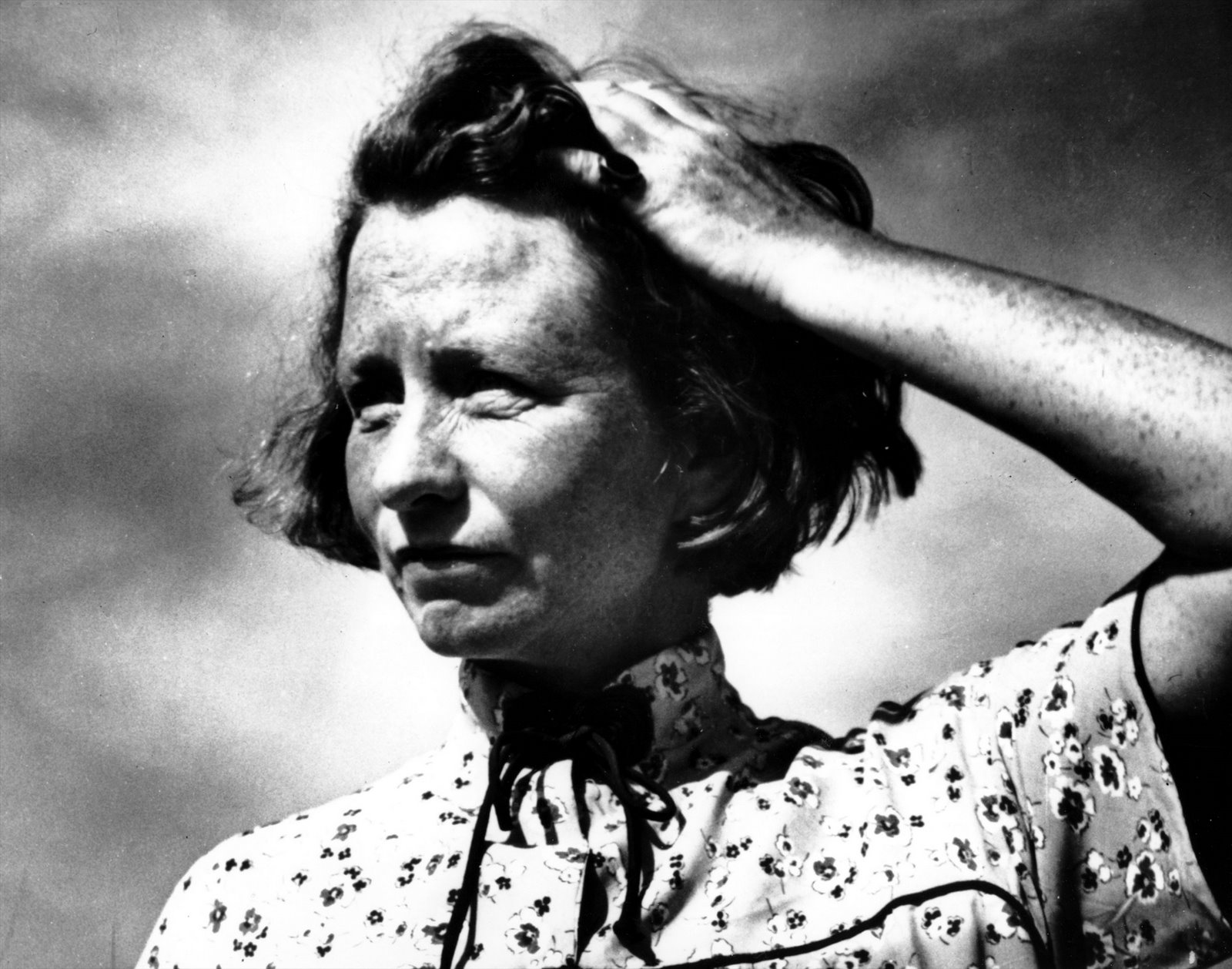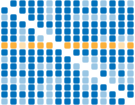The page of St. Vincent Millay, Edna, English biography
Biography
Edna St. Vincent Millay [USA] 1892-1950
Edna St. Vincent Millay was born in Rockland, Maine in 1892, the daughter of a school teacher and Cora Buzelle. Cora divorced her husband in 1900 for financial irresponsibility and moved with her daughters to Camden, Maine, supporting them through nursing. She encouraged their artistic temperaments, particularly in music and reading. Attending the local high school, Edna wrote for and served as the editor of the school magazine, publishing juvenile pieces in magazine.
Her first major poem, “Renascence,” was published in an anthology, The Lyric Year, in 1912, shortly before she entered Vassar. There she wrote poetry and plays, acting in her own work, The Princess Marries the Page. She studied literature and languages, but also rebelled against the rules to protect the women students. Millay graduated in 1917, publishing Renascence and Other Poems the same year. In New York, living in Greenwich Village, she became involved with Provincetown Players and began affairs with several writers, including the novelist Floyd Dell and married poet Arthur Davidson Ficke. She survived mostly on publishing short stories and winnings from poetry magazines. In 1919 she wrote and directed the antiwar verse play, Aria da Capo. After meeting critic Edmund Wilson, she convinced him to publish several of her poems in Vanity Fair.
Her second book of poetry, A Few Figs and Thistles was published in 1920. Writing for Vanity Fair, Millay traveled to Europe from 1920 to 1923, publishing another book of poetry, Second April, during her travels. Throughout this period, she continued to have several affairs, first with a French violinist, that led to an abortion, and then with the poet Witter Bynner. After receiving an advance for a novel (never completed) from Liveright, she brought her mother to Europe, as the two toured France and England before returning to New York.
Her collection The Harp-Weaver and Other Poems of 1923 won the Pulitzer Prize for poetry, making her the first woman poet to win that award. The same year she married Eugen Jan Boissevain, an American importer of Dutch-Irish background, who was sensitive to and supportive of her highly bohemian behavior. With her husband, Millay toured extensively, finally settling on 700 acres of farmland near Austerlitz, New York in 1925. The same year, she wrote the libretto form Deems Taylor’s opera, The Kings Henchman, which premiered in 1927 at the Metropolitan Opera.
The same year, she became emotionally involved in the case of Nicola Sacco and Bartolomeo Vanzetti, Italian anarchists and labor agitators convicted of murder. The two were executed in 1927, and Millay joined the numerous intellectuals in protest, appealing personally to the Governor of the state. Participating in the “death watch,” Millay was arrested and jailed, in response for which she published “Justice Denied in Massachusetts” in the New York Times.
The deaths of her close poet-friend, Elinor Wyle in 1928, her mother in 1931 and her estranged father in 1935 brought on severe depression. Yet, Millay continued with her love interests, condoned by her husband—including an affair with a young poet, George Dillon, which whom she collaborated with translations of Baudelaire’s Les Fleurs du Mal. Other works of this period included The Buck in the Snow (1928), Wine from These Grapes (1934), and Conversation at Midnight (1937).
Most of the poetry she wrote during this period was collected in Make Bright the Arrows: 1940 Notebook, but her poetry, always romantic in sensibility, now seemed, with World War II looming, dated, and the attention paid to her waned. In 1944 she suffered a nervous breakdown and was unable to write for two years. Simultaneously, she grew more and more dependent on alcohol, particularly with the death of her husband in 1949. She died alone at her home, “Steepletop,” the following year.
BOOKS OF POETRY
Renascence and Other Poems (New York: Harper & Brothers, 1917); A Few Figs and Thistles: Poems and Four Sonnets (New York: F. Shay, 1920); Second April (New York: Harper, 1921); The Ballad of the Harp-Weaver (New York: F. Shay, 1922); Poems (London: M. Secker, 1923); The Buck in the Snow and Other Poems (New York: Harper & Brothers, 1928); Wine from These Grapes (New York: Harper & Brothers, 1934); Huntsman, What Quarry? (New York: Harper & Brothers, 1939); Make Bright the Arrows: 1940 Notebook (New York: Harper & Brothers, 1940); Collected Sonnets of Edna St. Vincent Millay (New York: Harper & Row, 1941); The Murder of Lidice (New York: Harper & Brothers, 1942); Mine the Harvest: A Collection of New Poems (New York: Harper, 1954); Collected Lyrics (New York: Harper, 1954); Selected Poems, ed. by Colin Falck (New York: HarperCollins, 1991); The Selected Poetry of Edna St. Vincent Millay, ed. by Nancy Milford (New York: Modern Library, 2001); Edna St. Vincent Millay, ed. by J. D. McClatchy (New York: Modern Library, 2003)




